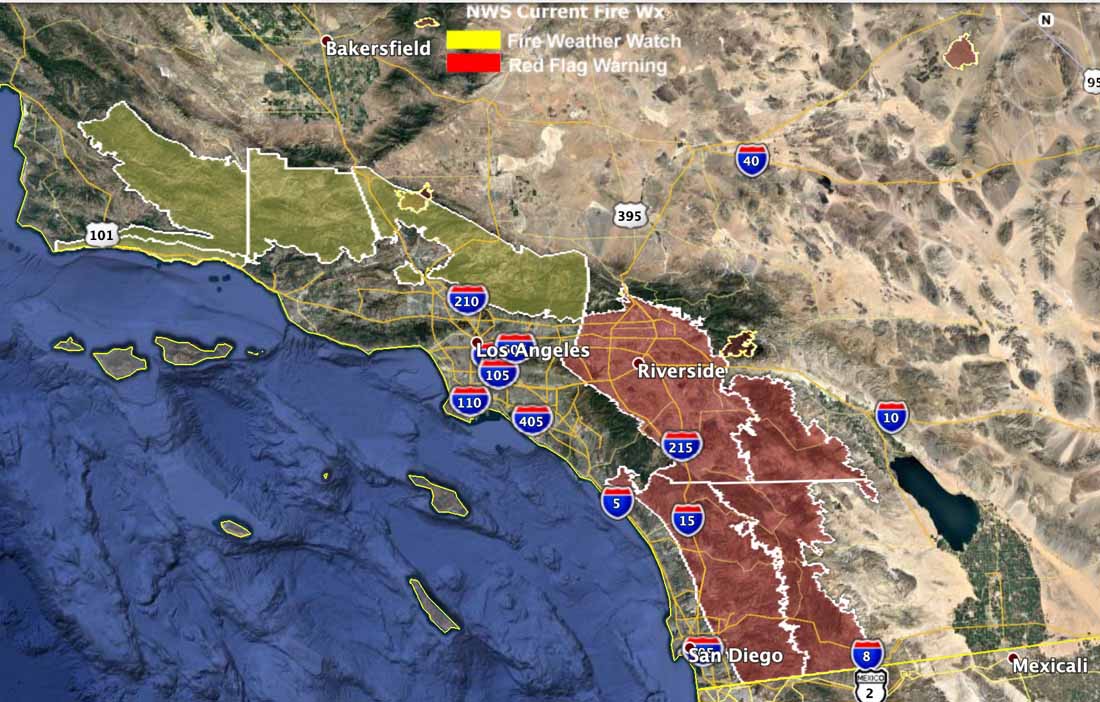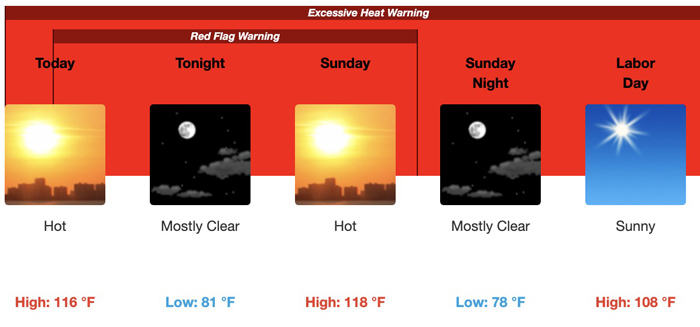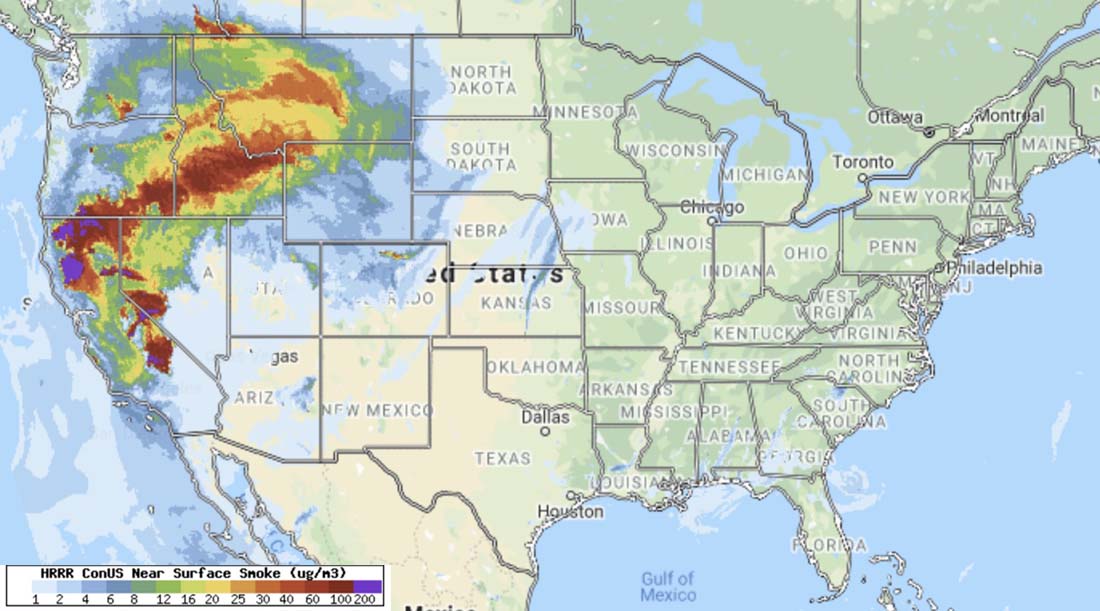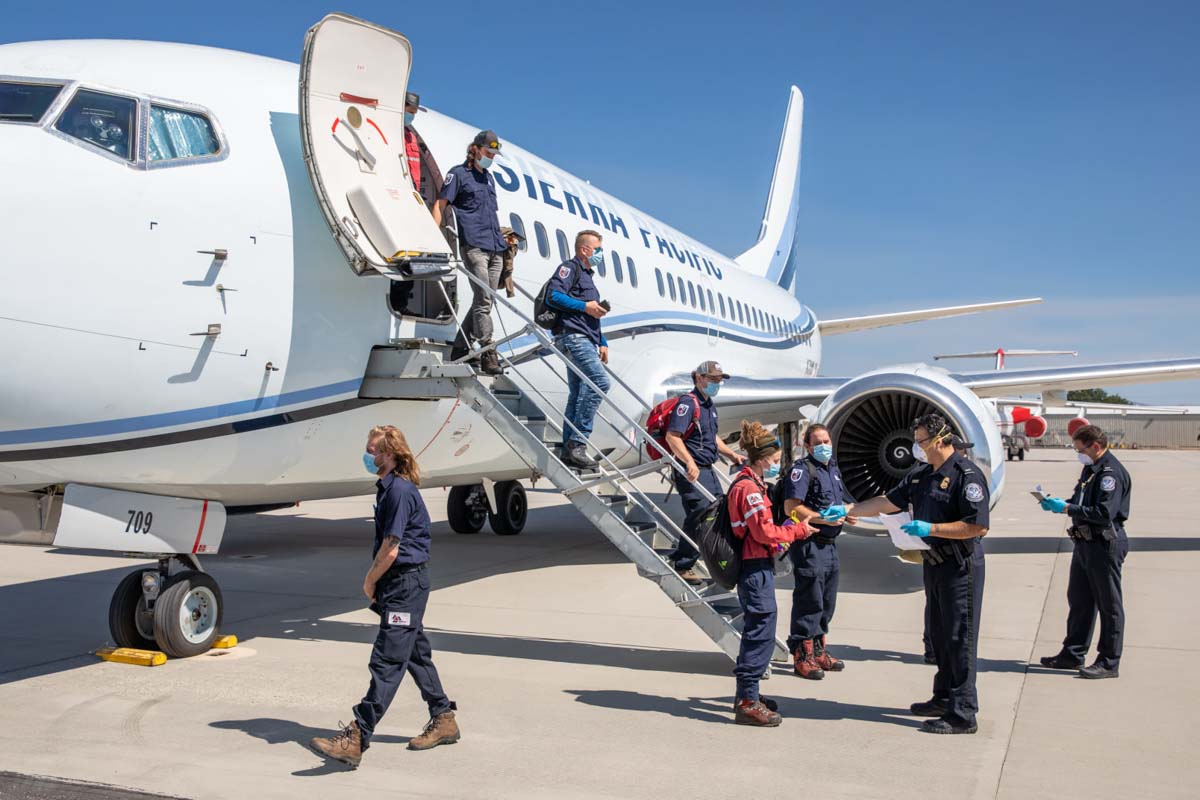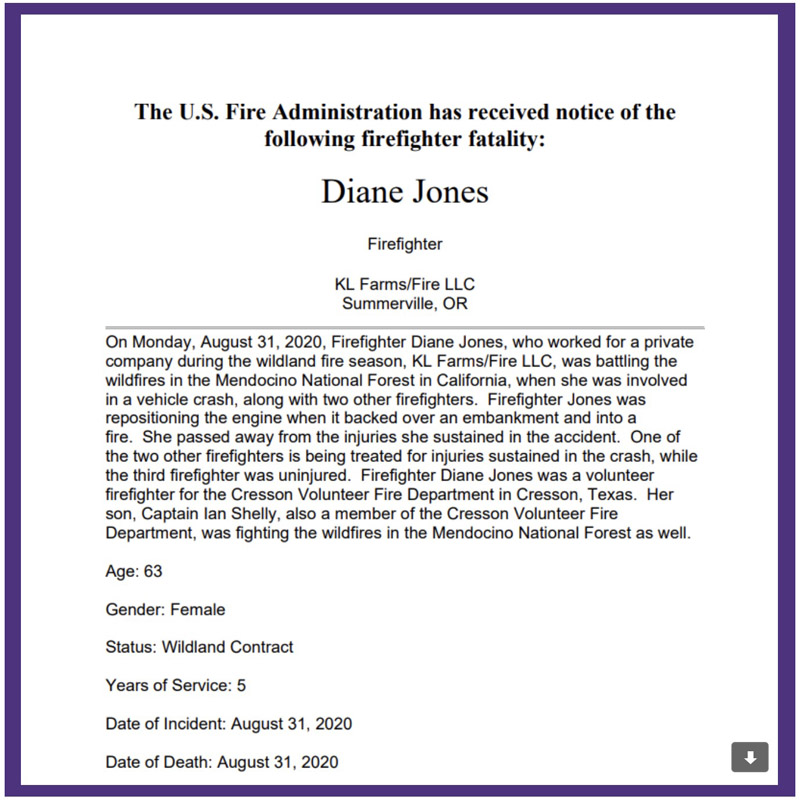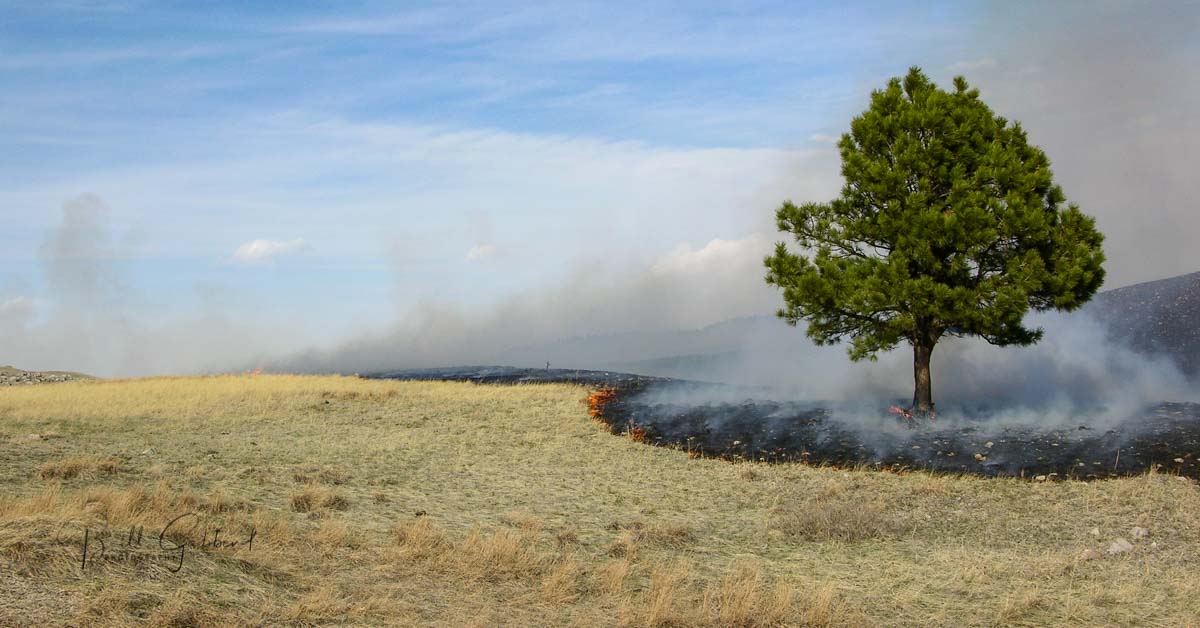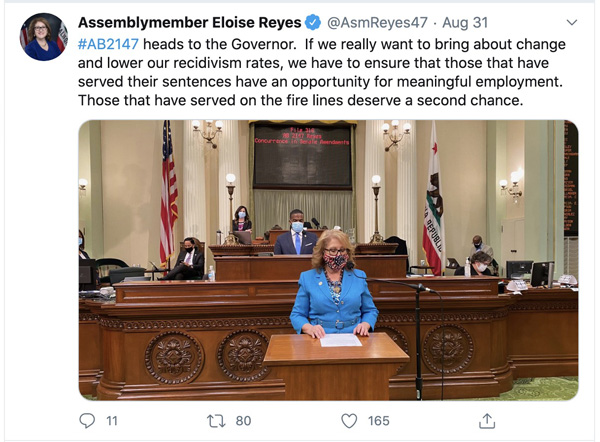 The California legislature has passed a bill, AB 2147, that would allow former prisoners who worked on inmate fire crews to pursue a career in firefighting.
The California legislature has passed a bill, AB 2147, that would allow former prisoners who worked on inmate fire crews to pursue a career in firefighting.
The bill authored by Assemblywoman Eloise Gomez Reyes will allow nonviolent offenders who have logged time fighting fires on inmate crews while incarcerated, an opportunity to have their records expunged upon release, allowing them to become firefighters.
Released inmates who have successfully petitioned a judge to expunge their records and waive parole time, will also have the ability to apply for an emergency medical technician’s license.
Previously, California law has instructed emergency service agencies to deny EMT certification to anyone who has been convicted of two or more felonies, is on parole or probation, or has committed any kind of felony within the last decade.
COVID spreading through inmate crew camps and prisons this summer has cut the number of inmate crews available from 192 to 94. On July 9 California Governor Gavin Newsom said 12 inmate camps had to be quarantined due to the virus.
Compounding the firefighter shortage was the early release of thousands of state inmates to create more space in the facilities during the pandemic, and before that, the state’s initiative to reduce the incarceration of those jailed for lower-level offenses.


